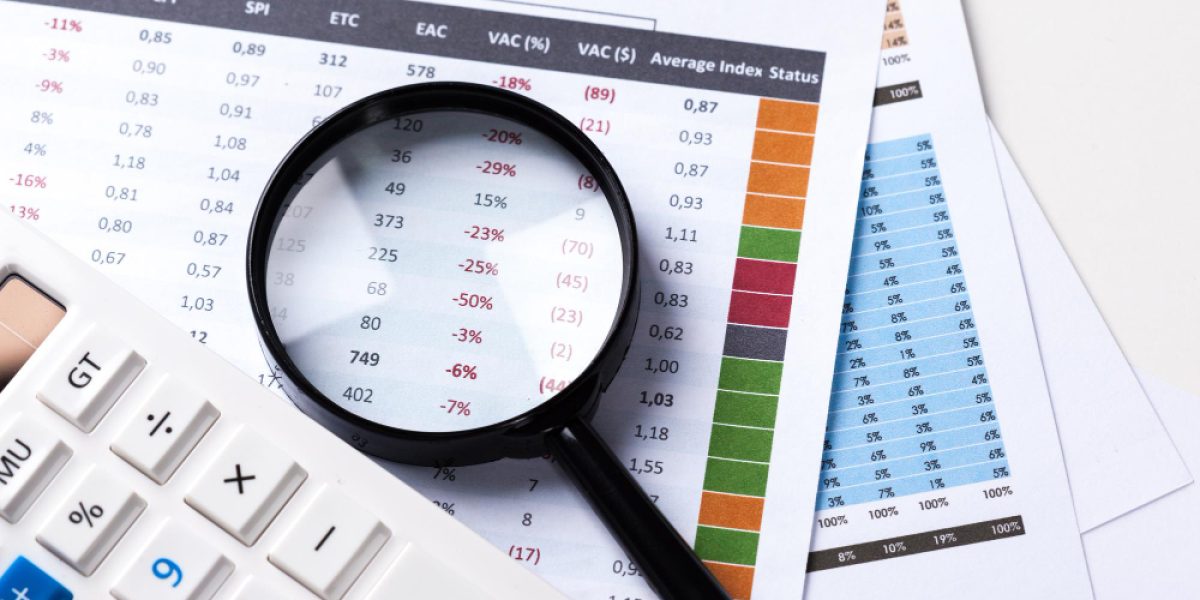In the ever-evolving landscape of banking, the ability to make informed lending decisions is more critical than ever. One of the most important tools at a banker’s disposal is the balance sheet. Whether assessing a company’s creditworthiness or determining its financial health, balance sheet analysis for bankers provides invaluable insights that directly impact loan decisions.
Understanding balance sheets and their implications can offer a deeper perspective on a company’s ability to repay loans, manage debts, and generate consistent revenue. This article explores how balance sheet analysis serves as a cornerstone in loan decision-making and the vital role it plays in assessing a borrower’s financial stability.
The Basics of a Balance Sheet
Before diving into balance sheet analysis, it’s important to understand its structure. A balance sheet offers a snapshot of a company’s financial position at a particular point in time, typically broken down into two main sections:
- Assets: These are the resources owned by the company, which provide future economic benefits. Assets are further classified into current (e.g., cash, accounts receivable, inventory) and non-current (e.g., property, plant, and equipment).
- Liabilities: These are the financial obligations the company must settle in the future. Liabilities are divided into current (e.g., accounts payable, short-term loans) and long-term (e.g., bonds payable, long-term loans).
- Equity: Often referred to as shareholders’ equity, this represents the residual value of the assets after liabilities are deducted. It includes the company’s retained earnings, paid-in capital, and other reserves.
The balance sheet follows the fundamental accounting equation:
Assets = Liabilities + Equity
This equation highlights the relationship between a company’s resources (assets) and the obligations it must fulfill (liabilities and equity). A well-structured balance sheet gives valuable insights into the company’s operational efficiency, liquidity, and financial stability.
Why Balance Sheet Analysis Matters for Bankers
For bankers, evaluating a company’s balance sheet is crucial in determining whether the company is capable of servicing its debt. A thorough balance sheet analysis helps bankers assess the risk associated with lending and provides clarity on several key areas of concern:
1. Liquidity Assessment
Liquidity refers to a company’s ability to meet its short-term obligations. In other words, how easily can the company convert its assets into cash to pay off current liabilities? Bankers often focus on two key liquidity ratios:
- Current Ratio: This ratio compares current assets to current liabilities. A ratio greater than 1 indicates that the company has sufficient assets to cover its short-term obligations. Conversely, a ratio less than 1 signals potential liquidity problems.
- Quick Ratio: Similar to the current ratio but excludes inventory from current assets. This ratio provides a more conservative view of liquidity, emphasizing the company’s ability to meet short-term obligations using its most liquid assets.
A company with strong liquidity is seen as a low-risk borrower, as it can easily meet its short-term financial commitments without facing liquidity constraints.
2. Debt Management and Leverage
Debt is a significant part of many companies’ capital structures. However, excessive debt can be a red flag for bankers, as it increases the risk of default. By analyzing the debt portion of the balance sheet, bankers can gauge how well a company is managing its financial leverage.
Key leverage ratios include:
- Debt-to-Equity Ratio: This ratio compares the company’s total debt to its equity. A high ratio could signal that the company relies heavily on debt financing, which could pose a risk if the company’s earnings decline or if interest rates rise.
- Debt Ratio: This ratio indicates what percentage of a company’s assets are financed through debt. A higher ratio suggests higher financial risk.
When analyzing these ratios, bankers consider both the company’s capacity to service its debt and the potential for financial strain under adverse conditions. Companies with a high level of debt relative to equity may face difficulty repaying loans, especially during periods of economic downturn.
3. Profitability and Return on Assets
Profitability is another crucial factor that bankers evaluate through the balance sheet. While profitability is often associated with income statements, it’s essential to recognize that the balance sheet provides critical insights into how efficiently a company is utilizing its assets to generate profits.
- Return on Assets (ROA): This ratio measures how effectively the company uses its assets to generate profit. A higher ROA indicates that the company is effectively converting its assets into income, while a lower ROA suggests that the company may be underutilizing its assets.
Assessing profitability via the balance sheet helps bankers understand whether a company can generate enough income to cover its expenses and provide a return on the capital invested, including the repayment of loans.
Conclusion
Balance sheet analysis for bankers plays a crucial role in determining the financial health of a borrower and, by extension, the risk associated with lending. By carefully evaluating key ratios and components of the balance sheet, bankers can make informed decisions that mitigate risk while supporting sustainable growth. Ultimately, a solid understanding of a company’s assets, liabilities, and equity structure can help bankers navigate complex loan decisions with greater confidence.
In today’s digital age, leveraging advanced tools that automate balance sheet analysis can further enhance the accuracy and efficiency of these assessments. By utilizing data analytics solutions, banks can gain deeper insights into a borrower’s financial position, making the lending process both faster and more precise.












